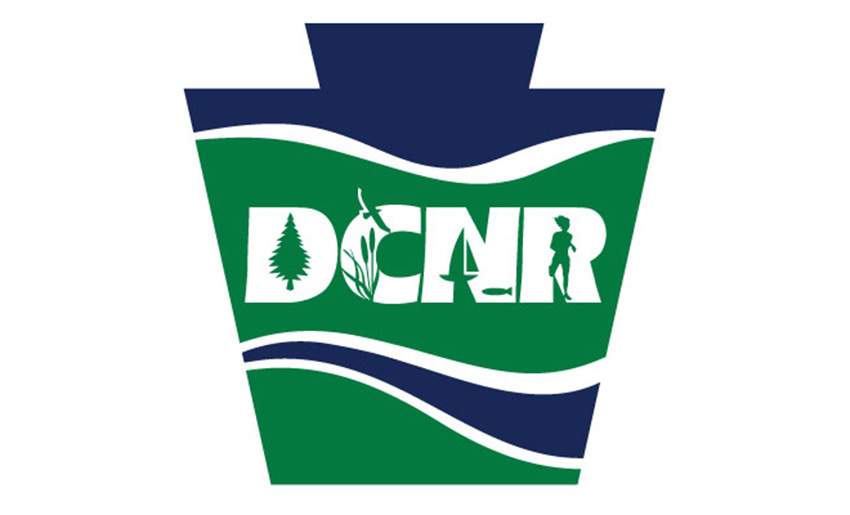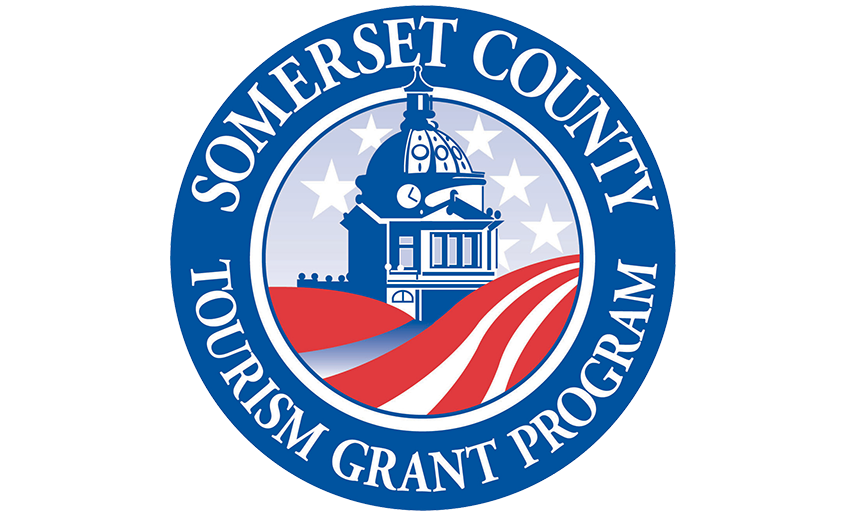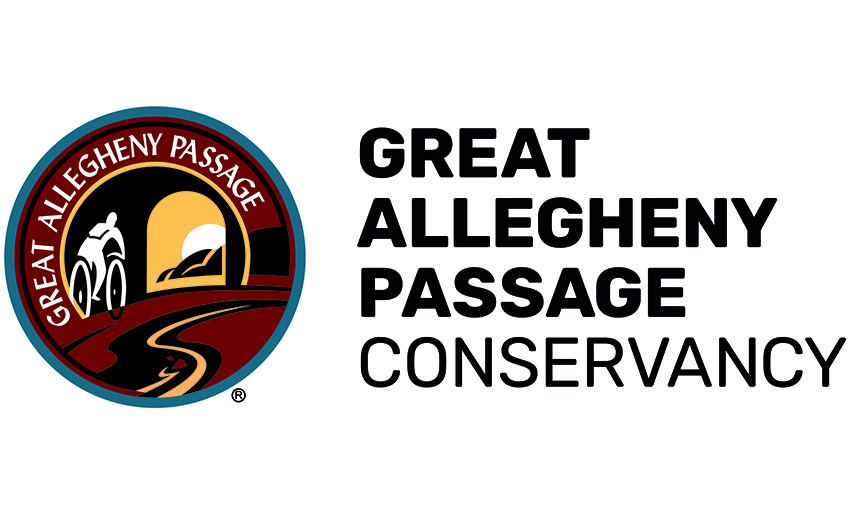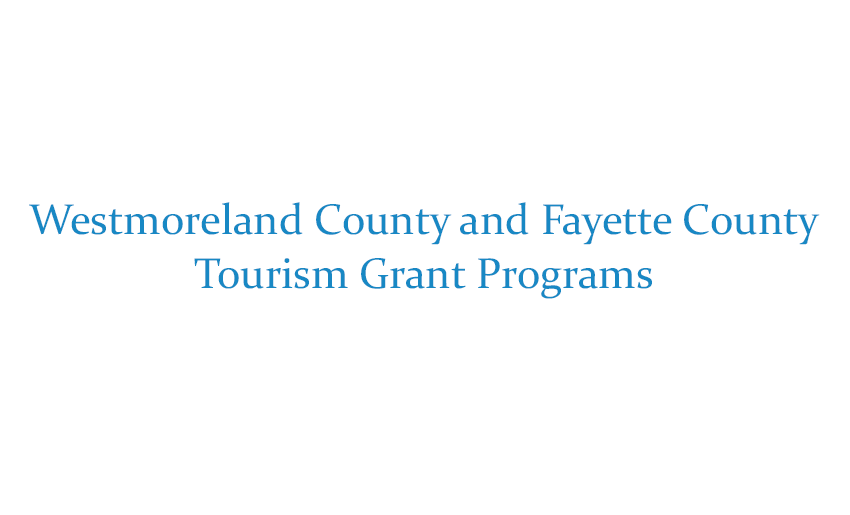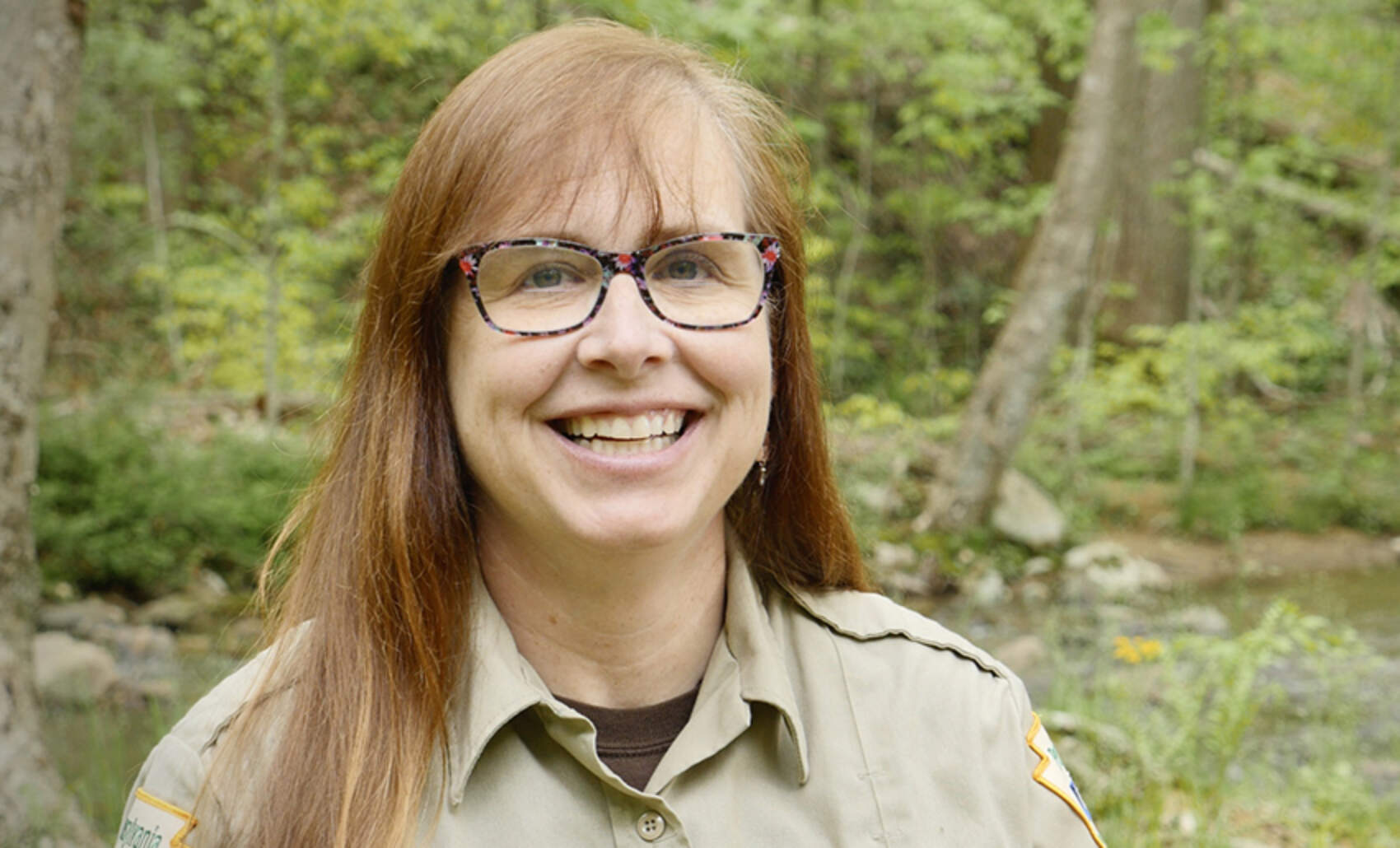“When people begin to know Ohiopyle State Park, it gets under their skin, whether it’s the river or the Great Allegheny Passage or Ferncliff Peninsula or whatever. I love this place so much. I’m humbled every day to get to work here. And that’s not just lip service.”
Ohiopyle State Park is over 20,000 acres. Over 26 miles of the GAP go through our boundaries, from Confluence to Connellsville. We see 500 acres of it getting used and abused. Those are the areas that people know and love. They come back to those areas and love them, and love them, and love them to death. That’s why I’m dedicated to building stewards. That’s my job. To build stewards of this resource who will help preserve this very unique place.
The Youghiogheny River Gorge is very old. It’s the deepest gorge in Pennsylvania. The walls are steep. The conflict between water and rock is what made Ohiopyle, Cucumber Falls, and Baughman Rock. They’re here because of some really resistant sandstone. A tongue of that sandstone is what makes Ferncliff Peninsula. It’s basically a hardened tongue of a hundred acres. The river would much rather go through it, but because it’s so hard, the river is forced slow down and go around it. A lot of unique flora and fauna were deposited there from Maryland and West Virginia. And because we have that little bit of temperature gradient that keeps it a little bit warmer, those southern species are able to survive. That seed bank is what makes Ferncliff a special place botanically. And those species are only found in Pennsylvania in the Youghiogheny River Gorge.

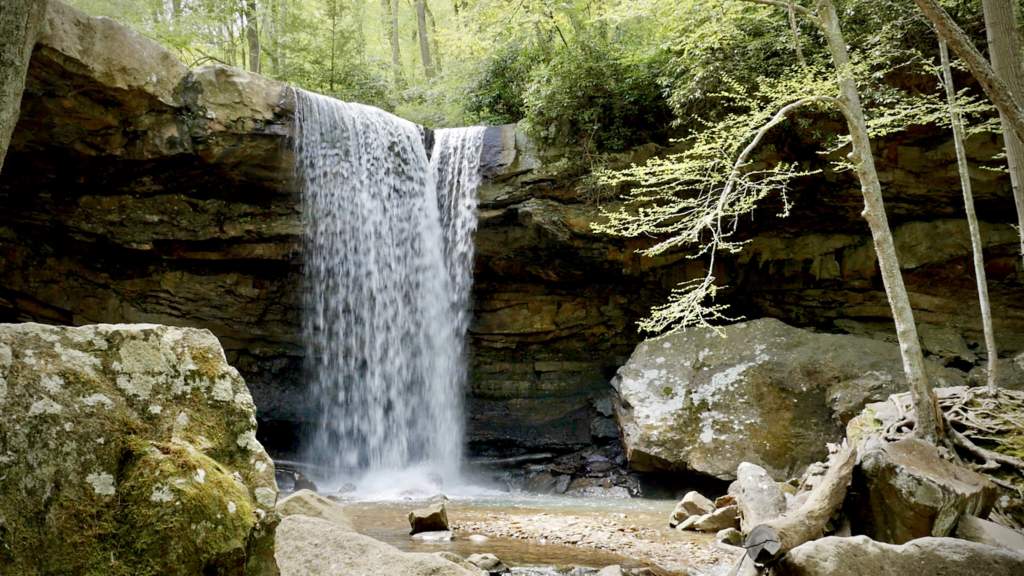

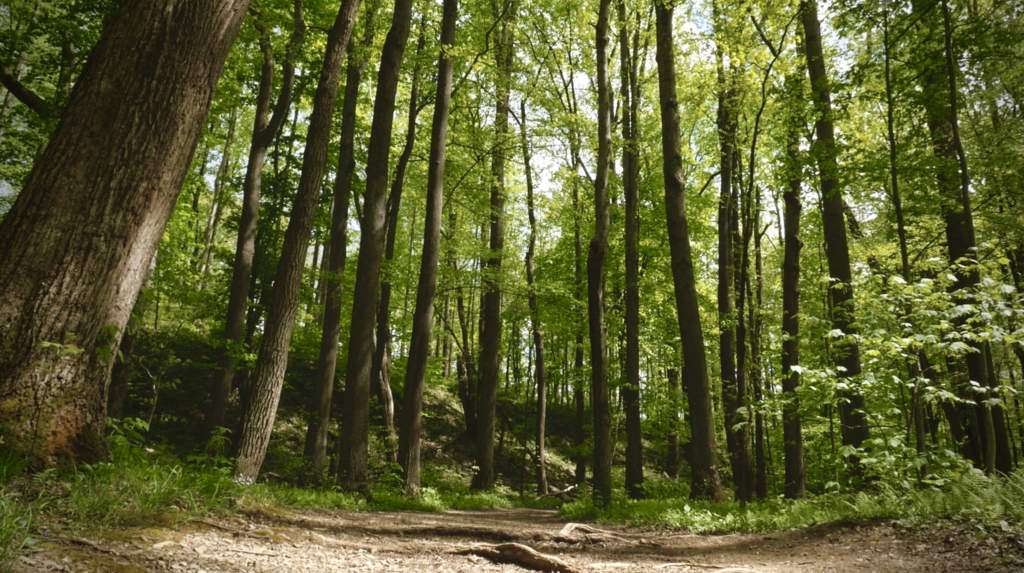
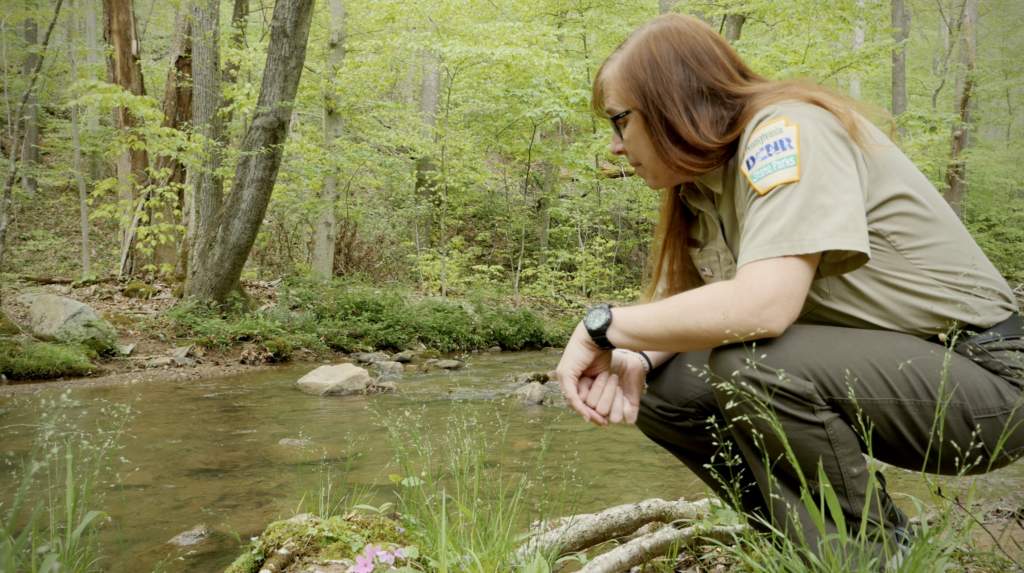
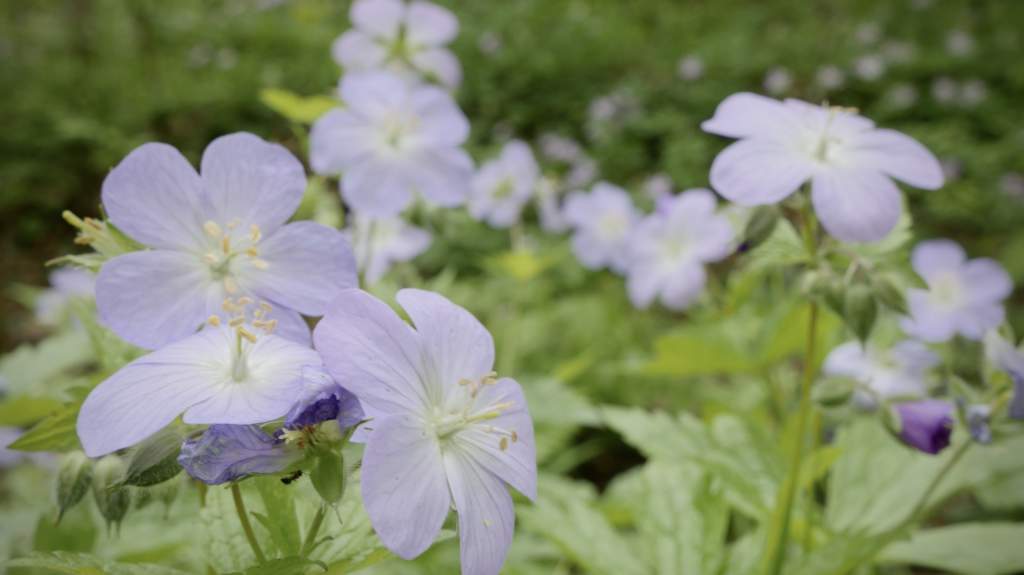
There are two forgotten women of conservation who made a great impact here. This whole area got timbered at the turn of the century, but Ferncliff Peninsula didn’t. In the past there was an old resort there. People would ride the railroad from Pittsburgh or Cumberland. The hotel went out of business, tourism went away, and at one point they were going to build an amusement park. Crazy, I know. And there was a lady, Lillian McCahan, who was the station agent at the old Western Maryland Railway station in Ohiopyle, which is now the visitor center, and she said: ‘That cannot happen!’ She started this letter writing campaign and ended up getting the ear of Edgar Kaufmann, who was the owner of Fallingwater. And he said: ‘Whoa, we can’t let that happen!’ So he ended up purchasing Ferncliff and eventually gave it to Western Pennsylvania Conservancy.
The other amazing woman was Mrs. Albert Keister. Her husband’s family owned a mine upstream of Cucumber Falls which is one of our main attractions. It’s a beautiful waterfall. Probably even more popular than Ohiopyle Falls. The mine closed down. Mrs. Keister loved this place and saw the botanical value of it. She was determined to save Cucumber Falls. So she spent her own money to buy out her husband’s relatives, and together with Edgar Kaufmann bought all the land around the mine along the Youghiogheny.
Then in 1970, M.K. Goddard, who was the head of our Bureau at the time, started Project 70. It was his goal to get a state park within 25 miles of every citizen of the Commonwealth. Pennsylvanians basically put their money where their mouth was and put all this money into the acquisition of land. Ohiopyle was one of the first Project 70 Parks. So Ohiopyle became a park in part to the work of Lillian McCahan, Mrs. Keister, Mr. Kaufmann and M.K. Goddard.
That’s the seed that started it. Without that, who knows what would have happened.”
This content was created by Anita Harnish for the Great Allegheny Passage Conservancy and financed through grants from the Pennsylvania Department of Conservation and Natural Resources’ Bureau of Recreation and Conservation, through its Community Conservation Partnerships Program and Environmental Stewardship Fund, administered by Rivers of Steel Heritage Area and Pennsylvania Environmental Council’s Laurel Highlands Mini Grant Program; through funding via the Westmoreland, Fayette, and Somerset County Tourism Grant Programs; and with funds made available by the Great Allegheny Passage Conservancy.
